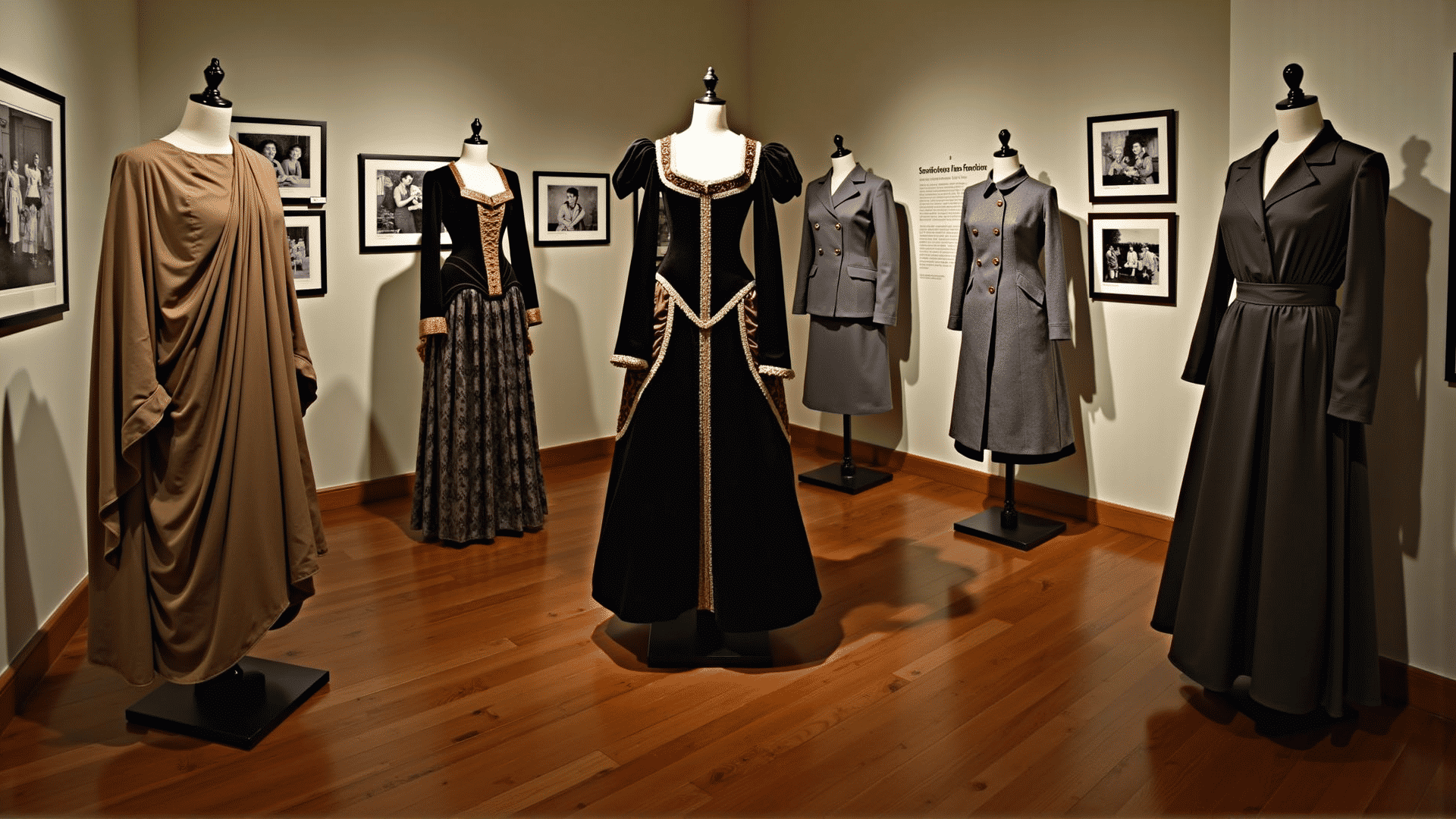Clothing has always been a fundamental aspect of human culture, evolving significantly from ancient times to the contemporary world we know today. This transformation reveals not only changes in fashion but also reflects shifts in societal structures, cultural interactions, and technological advancements.
The Dawn of Clothing: Necessity and Protection
In the earliest days, clothing was primarily utilitarian, serving as a means to protect against the elements. In ancient civilizations, natural materials such as animal hides, furs, and later, woven plant fibers, were utilized to create garments. The choice of material and design depended on regional climates and available resources. These practical beginnings laid the groundwork for more elaborate forms of attire.
Cultural Expressions and Symbolism
As societies grew, so did the complexity and significance of clothing. In ancient Egypt, linen made from flax was prevalent, lightweight, and ideal for the hot climate. Clothing indicated social status, profession, or religious affiliation. For instance, pharaohs’ garments were richly adorned with gold and jewels, symbolizing divine connection and authority.
Similarly, the intricate weaves and vibrant colors of Chinese silk represented wealth and prestige in ancient China. The Silk Road facilitated the exchange of these luxurious fabrics and, consequently, the spread of stylistic influences across Europe and Asia.
Medieval Transformations and Courtly Fashion
The medieval period saw a significant evolution in European attire. Layers became pronounced, and garments reflected a sense of modesty and religious adherence. The feudal system influenced clothing, with vibrant and ornate attire reserved for the nobility, while peasants wore more utilitarian garb.
During the Renaissance, a renewed interest in art and humanism propelled fashion forward. Rich fabrics, such as velvet and brocade, and the introduction of trimming techniques like embroidery and lace showed the increasing importance of aesthetics.
Industrial Revolution and Mass Production
The Industrial Revolution marked a crucial turning point in the production and accessibility of clothing. Mechanized textile production meant that fabrics could be produced at an unprecedented rate, bringing more choices to a broader audience. This period saw the rise of ready-to-wear items and standardized sizing, making fashion more accessible to the burgeoning middle class.
Modern Trends and Technological Integration
In the contemporary era, clothing has taken yet another transformational leap. The late 19th and early 20th centuries introduced new artistic movements that influenced styles, such as Art Deco and modernism. The influence of cinema in the mid 20th century brought Hollywood glamour into everyday wardrobes.
Today, technology plays a significant role in the world of attire. Sustainable materials and ethical production methods are increasingly prominent due to environmental concerns. Moreover, digital innovations, such as 3D printing and virtual fitting rooms, are paving the way for customized clothing experiences.
Conclusion: The Ever-Evolving Fabric of Society
The journey through clothing history is not merely a catalog of changing silhouettes and textiles. It is a reflection of human ingenuity, cultural exchange, and societal values over time. Each garment tells a story of its era, offering insights into the complexities of past and present cultures. As we look to the future, clothing will undoubtedly continue to evolve, influenced by technological advancements and an ever-changing global society.
